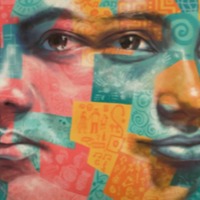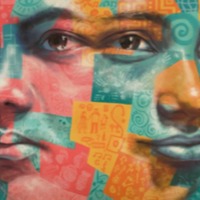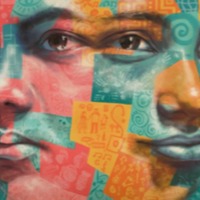Collection
Theme
Country
- Bolivia
- India (slavery location)
- Libya (slavery location)
- Libya (trafficked from)
- Malaysia (slavery location)
- Myanmar (trafficked from)
- Nigeria (trafficked from)
- United States (slavery location)
Date
- 2002 (Narrative date)
- 2009 (Narrative date)
- 2011 (Narrative date)
- 2016 (Narrative Date)
- 2017 (Narrative date)
Type
5 results
VOICES: Narratives by Survivors of Modern Slavery
This is the world's largest archive of modern slavery survivor narratives. Across more than a million words spoken or written by survivors of modern slavery, we can see why slavery persists in particular hotspots, analyse patterns in trafficking routes, identify vulnerabilities, understand more about the challenges survivors face in liberation, and discover new antislavery solutions. These narratives offer the chance to systematically design new antislavery strategies based on the experiences, ideas and solutions of enslaved people themselves.
The database is searchable by country, name, theme, and narrative date. Narratives can be viewed in list or map form. A short introduction provides context to each narrative. Narrative provenance appears after the main narrative text.
For ideas on how to use this database, please see our accompanying guide.
Project Lead: Zoe Trodd. Team Members: Andrea Nicholson, Lauren Eglen, Rosemary Pearce, Olivia Wright.
Project Funders: AHRC Antislavery Usable Past grant (2014-19), ESRC/AHRC PaCCS Modern Slavery: Meaning and Measurement grant (2016-19), and AHRC-GCRF Antislavery Knowledge Network grant (2017-2021).
For any queries about the collection please contact: [email protected]. If you wish to cite a particular narrative, please acknowledge the survivor’s name, the provenance of the narrative and cite: Voices Database, the Rights Lab, University of Nottingham.

Ko Wunna
Foreign workers constitute more than 20 percent of the Malaysian workforce and typically migrate voluntarily—often illegally—to Malaysia from Bangladesh, India, Nepal, Burma, Indonesia, the Philippines, and other Southeast Asian countries, mostly in pursuit of better economic opportunities. Some…

Bouquet
Libya exists as the main transit point for refugees and migrants trying to reach Europe by sea. 150 000 men, women and children make the dangerous crossing across the Mediterranean Sea each year, with 3000 dying while attempting the journey. With authorities trying to regulate this migration, it is…

Jesmin
The Global Slavery Index 2018 estimates that on any given day there were nearly 8 million people living in modern slavery in India. The GSI 2018 reports an emerging trend in northeast India where organised trafficking syndicates operate along the open and unmanned international borders, duping or…

Bukola Oriola (Narrative 2)
There are an estimated 403,000 people living in conditions of modern slavery in the United States (GSI 2018). The US attracts migrants and refugees who are particularly at risk of vulnerability to human trafficking. Trafficking victims often responding to fraudulent offers of employment in the US…

Antonella
There are an estimated 55,000 people living in modern slavery in Argentina (GSI 2018). Argentine women and children are subjected to sex trafficking within the country, as are women and children from other Latin American countries, particularly Dominican Republic, Paraguay, Bolivia, Uruguay, and…